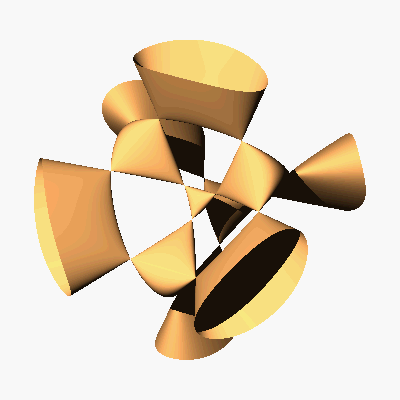In their celebrated paper of 1939 Myers and Steenrod showed that
the group of isometries of a Riemannian manifold acts properly on the
manifold. This fact has many consequences. In particular, it
implies that the group of isometries is a Lie group in the compact-open
topology. This result triggered extensive studies of closed subgroups of
the isometry groups of Riemannian manifolds. The peak of activities in
this area occurred in the 1950s-70s, with many outstanding
mathematicians involved: Kobayashi, Nagano, Yano, H.-C. Wang, I. P. Egorov,
to
name a few. In particular, Riemannian manifolds whose isometry groups
possess subgroups of sufficiently high dimensions were explicitly
determined.
I will speak about proper actions in the complex-geometric setting. In
this setting (real) Lie groups act properly by holomorphic transformations
on complex manifolds. My general aim is to build a theory parallel to the
theory that exists in the Riemannian case. In my lecture I will survey
recent classification results for complex manifolds that admit proper
actions of high-dimensional groups.
|

